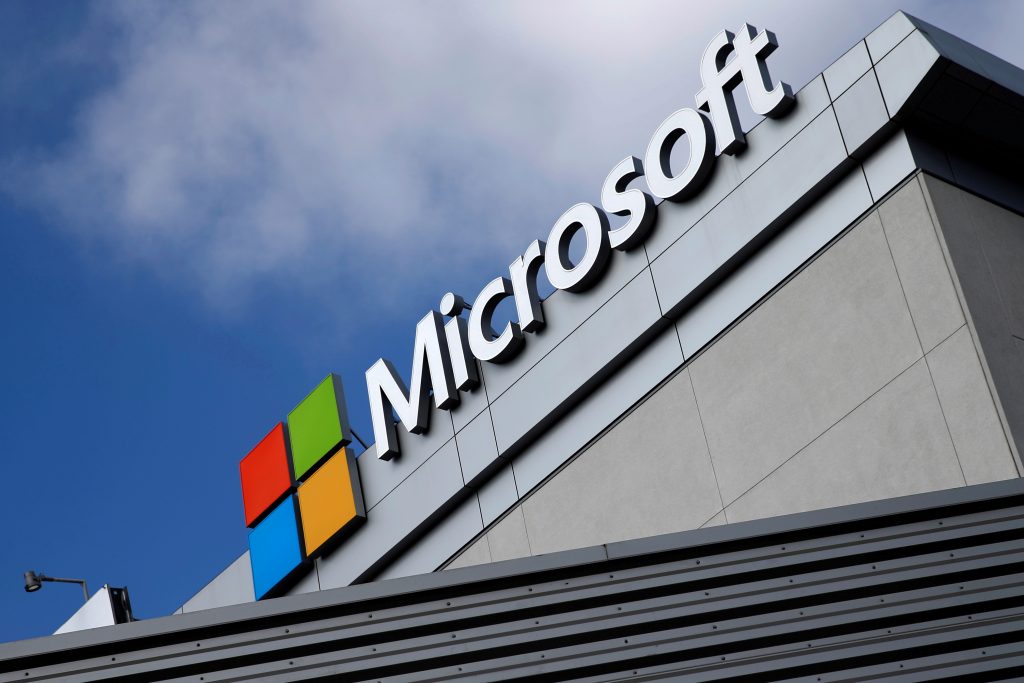Back in 2011, Microsoft (MSFT) offered developers a tour of the future.
The software giant was holding its first Build conference, which the Redmond, Wash.-based company described as “a new event that shows modern hardware and software developers how to take advantage of the future of Windows.” “Learn how to work with the all new touch-centric user experience to create fast, fluid, and dynamic applications that leverage the power and flexibility of the core of Windows, used by more than a billion people around the world,” Microsoft said.
The event was a successor to Microsoft’s previous developer events, the Professional Developers Conference and Mix, and attendees were given a Samsung tablet shipping with the Windows 8 “Developer Preview” build
“Build is the first place to dive deep into the future of Windows,” Microsoft said.
The Build Conference is still going strong. This year’s event will be held in Seattle and online May 21-23, and Microsoft is still focused on things to come as the company asks, “How will AI shape your future?”
Microsoft to offer Advanced Micro Devices chips
Microsoft said on May 16 that it plans to offer its cloud computing customers a platform of Advanced Micro Device (AMD) artificial intelligence chips that will compete with components made by current AI kingpin N
Microsoft’s clusters of AMD’s flagship MI300X AI chips will be sold through its Azure cloud computing service, giving customers an alternative to Nvidia’s H100 family of powerful graphics processing units (GPUs). AMD’s chips are the “most cost-effective GPU out there right now for Azure OpenAI” according to Microsoft, TechCrunch reported. However, due to high demand, Nvidia’s chips can be hard to obtain.
The company will also launch a preview of new Cobalt 100 custom processors at the conference. Microsoft announced those chips last November. It says its chips offer 40% better performance than other ARM-designed rivals, and that Adobe, Snowflake, and others are already using them, according to TechCrunch.Nvidia, which declined to comment, is a much larger company than AMD. Its market capitalization is $2.26 trillion, compared with its rival’s $263 billion. Nvidia’s GPUs dominate the data center chip market for AI, controlling about 80% market share.
To build AI models or run applications, companies typically must string together – or cluster – multiple GPUs because the data and computation will not fit on a single processor. AMD has said its chips are powerful enough to train and run large AI models. The relative shortage of AI-related chips is also driving big tech players to make their own components. For example, Microsoft’s cloud computing unit also sells access to its own in-house AI chips called Maia. On May 14, Alphabet’s (GOOG) Google announced its sixth-generation TPU (tensor processing unit) called Trillium.
Microsoft reported better-than-expected third-quarter earnings on April 25.
Chief Executive Satya Nadella told analysts that the strong numbers were powered by the continued strength of Microsoft Cloud, which surpassed $35 billion of revenue, up 23% from a year earlier.
Nadella said that Azure, Microsoft’s cloud computing platform, “again took share as customers use our platforms and tools to build their own AI solutions.”
TheStreet Pro’s Stephen Guilfoyle said, “Azure and the rest of the Microsoft cloud stole the show, growing revenue 31% over last year’s quarter and accelerating sequentially from 30% growth the previous quarter.”
“The addition of AI services is helping with sales in this unit, with Microsoft’s well-established relationship with and investment in OpenAI front and center,” he said.



